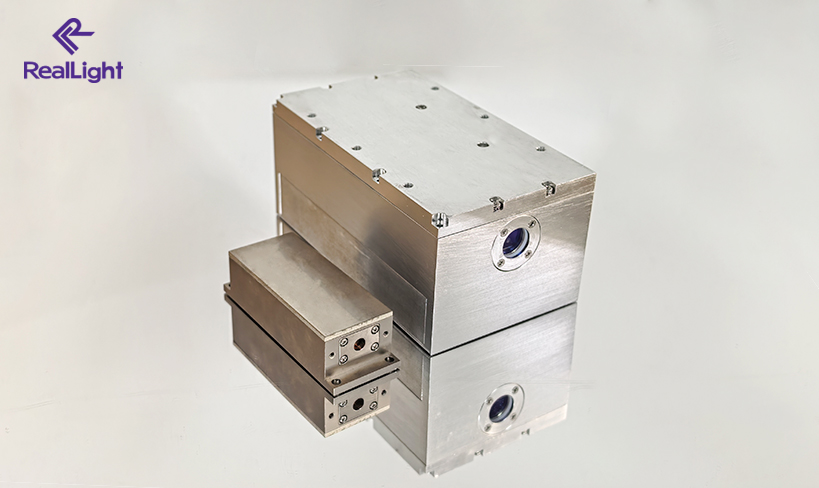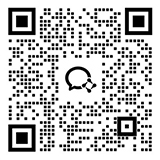Laser-Induced Breakdown Spectroscopy
Laser-Induced Breakdown Spectroscopy (LIBS) and other advanced atomic emission spectroscopy techniques have been widely used for rapid and accurate analysis of material composition.
LIBS basically uses a high-energy pulsed laser as the laser source. Through a focusing lens, a beam of high-energy pulsed laser (typically nanosecond-level) is concentrated onto the sample surface. The minute amount of material excited on the sample surface is instantly heated, vaporized, and ionized, forming a high-temperature, high-brightness, transient plasma. As the plasma cools, the excited atoms and ions within it transition from high-energy states back to lower-energy states, emitting characteristic spectral lines at specific wavelengths. These optical signals can be dispersed into their corresponding spectra using a spectrometer and detectors (such as CCDs). By accurately identifying these characteristic spectral lines and their intensities, rapid qualitative and quantitative analysis of elements within the sample can be achieved.
Its greatest advantage lies in requiring virtually no sample preparation. Whether dealing with solid, liquid, or gaseous samples, analysis results can be obtained directly and rapidly. By analyzing samples directly, it eliminates the need for cumbersome and time-consuming pretreatment processes. Additionally, it enables rapid real-time analysis, capturing a complete spectrum with a single laser pulse. The entire process can be completed within milliseconds, making real-time online analysis feasible. It also enables simultaneous detection of multiple elements, allowing a single measurement to capture signals for nearly all metallic and some non-metallic elements in a sample. This significantly enhances analytical efficiency.
Lasers ablate only minute amounts of sample material, causing minimal damage to the overall structure and thus qualifying as a minimally invasive analytical technique. They can be focused over long distances via fiber optics or telescope systems, enabling remote sensing. This capability enables successful application in harsh environments (e.g., inside nuclear reactors, high-temperature furnaces) and even remote detection (e.g., ChemCam on Mars rovers). Its applications span an exceptionally broad range, including materials science, geological exploration, environmental monitoring, space exploration, industrial process control, and cultural relic authentication. While its absolute precision may occasionally fall slightly below traditional laboratory methods, its unparalleled capability for on-site real-time analysis makes it a powerful analytical tool.
With these advantages, LIBS applications have penetrated numerous scientific and industrial fields:
- Enabling high-quality control of industrial processes through online composition analysis in metallurgy, steel, cement, and other industries.
- Rapidly monitor the environment by detecting harmful elements in water bodies and heavy metal contamination in soil.
- Field identification of rocks and minerals and rapid assessment of ore grades are of great significance for geological and mining operations.
- By remotely analyzing the chemical composition of Martian rocks and soil, we have achieved a major breakthrough in space exploration.
- Materials science encompasses the detailed analysis of the composition of complex materials such as thin films, alloys, and polymers.
- Using non-destructive analytical methods to determine and analyze the pigment composition of antiques, murals, and sculptures.
- Safety and Security: Timely detection of explosives, hazardous chemicals, nuclear materials, and other substances.
The PQE and AQE series lasers from RealLight are compact in size, making them ideal as laser sources for handheld and portable LIBS instruments.

Disclaimer: Some content in this article is sourced from the internet for technical research and discussion purposes. It is intended for reference and learning only. Please kindly point out any inaccuracies. For copyright concerns, contact us for verification and removal.


